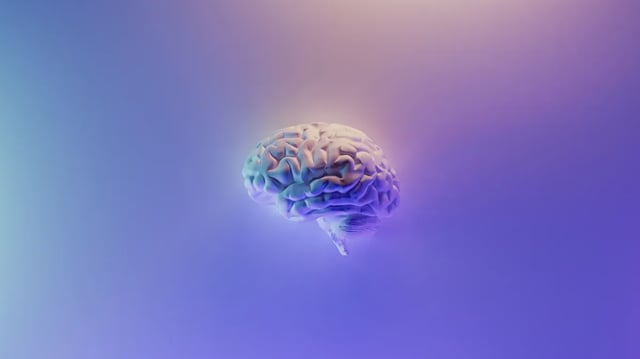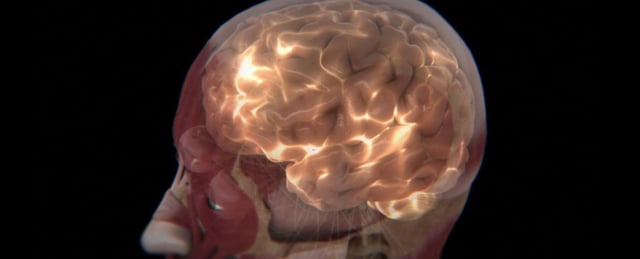Overview
- Researchers used photomultiplier tubes and EEG caps in darkened rooms to capture ultraweak photon emissions emanating from human brains.
- Photon emission rates rose and stabilized during an auditory perception task, mirroring patterns recorded by electroencephalography.
- Unlike thermal radiation, these biophotons arise from electrons shedding energy during metabolic activity in near-visible wavelengths.
- Termed photoencephalography, the approach offers a potential noninvasive technique for tracking brain function and health.
- Scientists plan to investigate how neuroanatomical differences affect emission output and whether individuals have unique photon-emission fingerprints.

